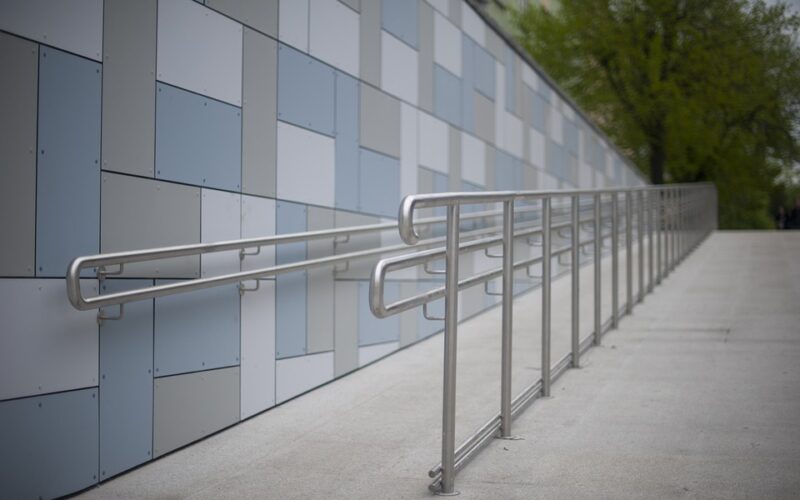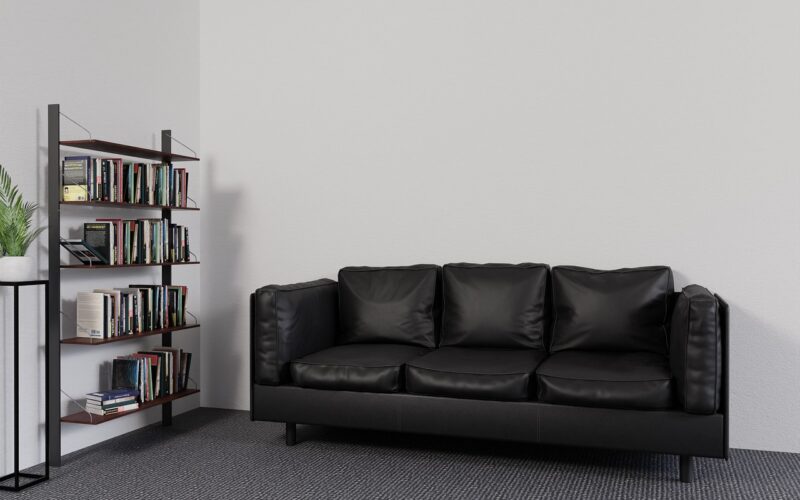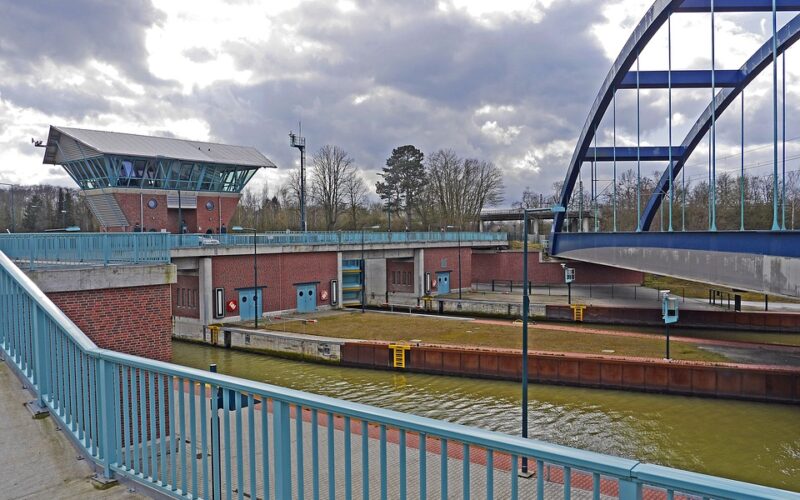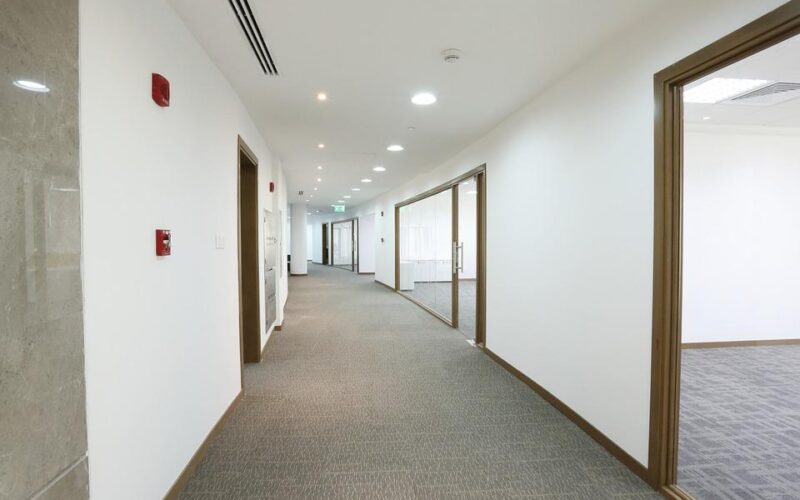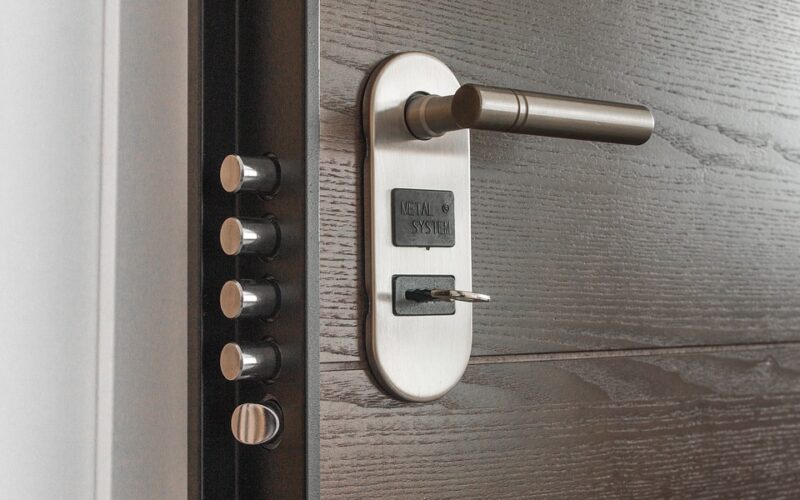Good Disabled Facilities
When it comes to developing a successful business, there are many considerations. From finding the right location and creating a safe environment for customers, workers, and customers to utilising advanced technology systems, all of this plays an important role in building a thriving business.
One thing that is often overlooked is ensuring accessibility for all people who visit your business. Good building practices dictate that you install accessible facilities such as ramps or elevators so those with disabilities can conveniently access certain parts of the premises.
Ramps and bathrooms
First, bathrooms for disabled people should not only be accessible but also spacious and built with durable materials. Consider installing fixtures at easier heights to accommodate those with limited mobility, such as lower sinks and taller toilets.
Additionally, including features like grab rails and sufficient space for wheelchairs to turn around make Bolton bathrooms much more convenient for those with disabilities.
Toilet seats should also be lowered or replaced with a chair-height option and countertops shortened so they can easily be reached from a seated position. Bathrooms Bolton should be equipped with appropriate fixtures such as lever handles on faucets instead of knobs, adjustable mirrors positioned lower, soap dispensers mounted lower than standard height, and proper lighting in all areas of the bathroom. Making bathrooms accessible is a collective effort that requires attention to detail in order to ensure Bolton bathrooms meet the needs of everyone who uses them.
Secondly, ramps can be an essential feature that enables individuals to move around more freely. They should also be constructed from neutral coloured materials like concrete or wood that are strong enough to support wheelchairs and take into account the changing climate due to weather seasons.
Furthermore, intercom systems can be a helpful addition in large public building environments, allowing those with impaired hearing to interact comfortably when they arrive. Providing technologies like these allows disabled people to feel included in the world around them.
Requirements for disabled access
In the United Kingdom, buildings, both private and public, must provide reasonable access for disabled people. This includes bathrooms that are accessible in size and design with fixtures and amenities that fit the needs of all types of disabilities. Other necessary solutions to guarantee access include providing wheelchair lifts or ramps, widening doorways and hallways, as well as installing handrails alongside staircases.
Generally speaking, these adjustments are mandatory to make sure all individuals have equal access to the same services regardless of their physical ability. Although there can be a lot of moving parts when it comes to ensuring full accessibility in any kind of building, just remember, it's for everyone's benefit.
Building Regulations Approved Document M
Building Regulations Approved Document M is a key rule book for contactors and consultants working on accessible toilets, entrance halls and circulation areas of residential buildings. This document provides detailed guidance on how to achieve the best design to create access for all. It looks at stairways, ramps, corridors, doorways, lifts and more with regards to visibility and space requirements amongst other specifications.
It also provides information about wheelchair accessibility help to ensure that mobility impaired people can make use of their new environment. This document is not just valuable for accommodating those with disabilities; making buildings accessible is incredibly important to ensure anyone visiting can easily move around safely as well as gain access to any necessary amenities.
Stay compliant with the law
Making your home or office compliant with UK law can seem intimidating, but it doesn’t have to be. It simply requires you to stay up to date with legislation specific to the building, its type and purpose.
For example, fire safety regulations need to be complied with along with health and safety requirements. Understanding liability insurance and licenses may also be necessary depending on how the property is used. It is advisable to familiarise yourself with the requirements for a particular type of building, as well as keeping up to date with new standards and laws that may come in effect that could impact it.
Finally, speaking to professionals such as architects and contractors who specialise in building regulations should give you peace of mind knowing your property complies with all UK laws.
Make building accessible
The task of adapting buildings to make them more accessible for people with disabilities is an increasingly important one.
The UK is leading in these efforts, showcasing a variety of different case studies that demonstrate how buildings can be made more disability friendly. But it is not just physical features that need to be considered when making a building more accessible, design strategies such as universal design or inclusive design are also key elements to ensure everyone can enjoy the same level of access and experience.
The UK plays an active role in this context, providing inspiring case studies of how buildings can become more equitable and inclusive environments for all citizens.
Cost is ultimately worth the investment
Making your property more accessible can have both financial and practical benefits. Homeowners may be able to take advantage of certain tax credits, as well as receive discounts on insurance premiums, personalising the property to make it barrier free.
In addition to financial rewards, accessible property offers many lifestyle advantages, widening chances for everyone to move around independently, regardless of age or physical ability.
Taking the time and effort to convert their property into an accessible environment encourages social inclusion and enables everyone to experience daily activities without any hassles. The cost is ultimately worth the investment when you consider all the tangible and intangible benefits that come with making sure your home is accessible for all individuals.
